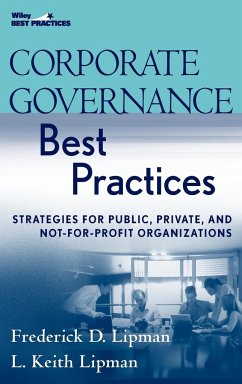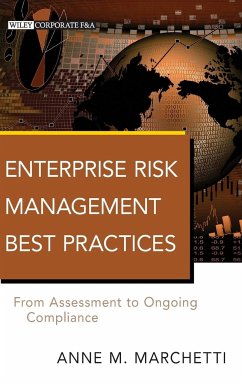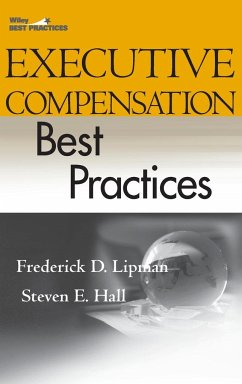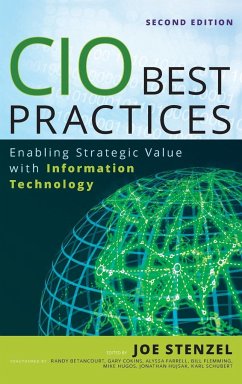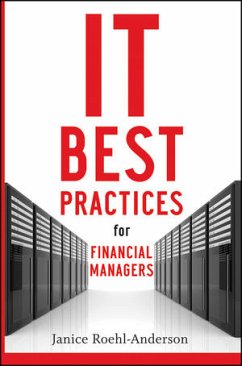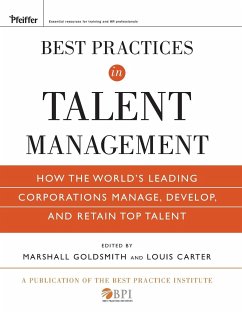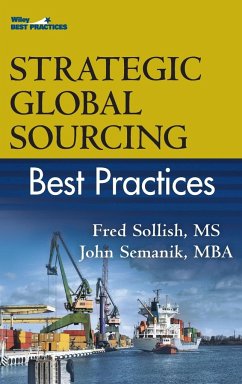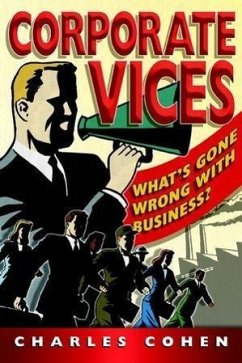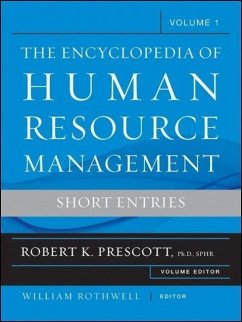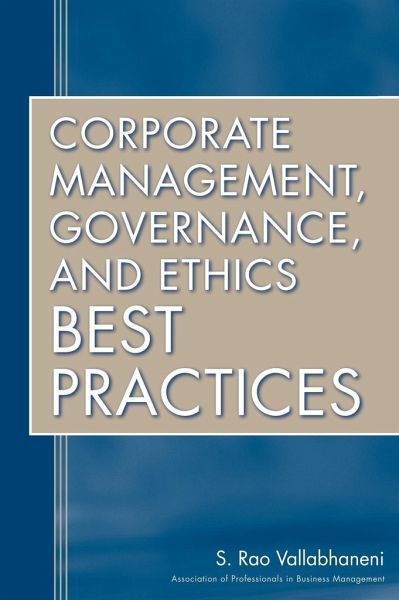
Corporate Management, Governance, and Ethics Best Practices

PAYBACK Punkte
42 °P sammeln!
All the best practices a manager and an executive need-in a one-stop, comprehensive referencePraise for Corporate Management, Governance, and Ethics Best Practices"If you want a comprehensive compendium of best practices in corporate governance, risk management, ethical values, quality, process management, credible financial reporting, and related issues like the SOX Act all in one place spanning both breadth and depth, Vallabhaneni's book is the source of insightful thoughts as a reference manual. A must-read and a should-own for all institutions and libraries around the globe; I am pleased I...
All the best practices a manager and an executive need-in a one-stop, comprehensive reference
Praise for Corporate Management, Governance, and Ethics Best Practices
"If you want a comprehensive compendium of best practices in corporate governance, risk management, ethical values, quality, process management, credible financial reporting, and related issues like the SOX Act all in one place spanning both breadth and depth, Vallabhaneni's book is the source of insightful thoughts as a reference manual. A must-read and a should-own for all institutions and libraries around the globe; I am pleased I read it and use it in my classes."
-Professor Bala V. Balachandran, Kellogg School of Management, Northwestern University
"Mr. Vallabhaneni has an excellent grasp of corporate governance principles. In particular, he shows how these principles can mitigate a broad range of corporate risks."
-Steven M. Bragg, author of Accounting Best Practices and Inventory Best Practices
"Professor Vallabhaneni provides an excellent analysis of the corporate governance landscape. His discussion and categorization of risks confronting an organization will be very helpful to boards of directors."
-Frederick D. Lipman, President of the Association of Audit Committee Members, Inc. and Partner, Blank Rome LLP
Representing a single and collective voice for the entire business management profession, Corporate Management, Governance, and Ethics Best Practices provides a cohesive framework for organization-wide implementation of the best practices used by today's leading companies and is an authoritative source on best practices covering all functions of a business corporation, including governance and ethics.
Praise for Corporate Management, Governance, and Ethics Best Practices
"If you want a comprehensive compendium of best practices in corporate governance, risk management, ethical values, quality, process management, credible financial reporting, and related issues like the SOX Act all in one place spanning both breadth and depth, Vallabhaneni's book is the source of insightful thoughts as a reference manual. A must-read and a should-own for all institutions and libraries around the globe; I am pleased I read it and use it in my classes."
-Professor Bala V. Balachandran, Kellogg School of Management, Northwestern University
"Mr. Vallabhaneni has an excellent grasp of corporate governance principles. In particular, he shows how these principles can mitigate a broad range of corporate risks."
-Steven M. Bragg, author of Accounting Best Practices and Inventory Best Practices
"Professor Vallabhaneni provides an excellent analysis of the corporate governance landscape. His discussion and categorization of risks confronting an organization will be very helpful to boards of directors."
-Frederick D. Lipman, President of the Association of Audit Committee Members, Inc. and Partner, Blank Rome LLP
Representing a single and collective voice for the entire business management profession, Corporate Management, Governance, and Ethics Best Practices provides a cohesive framework for organization-wide implementation of the best practices used by today's leading companies and is an authoritative source on best practices covering all functions of a business corporation, including governance and ethics.




